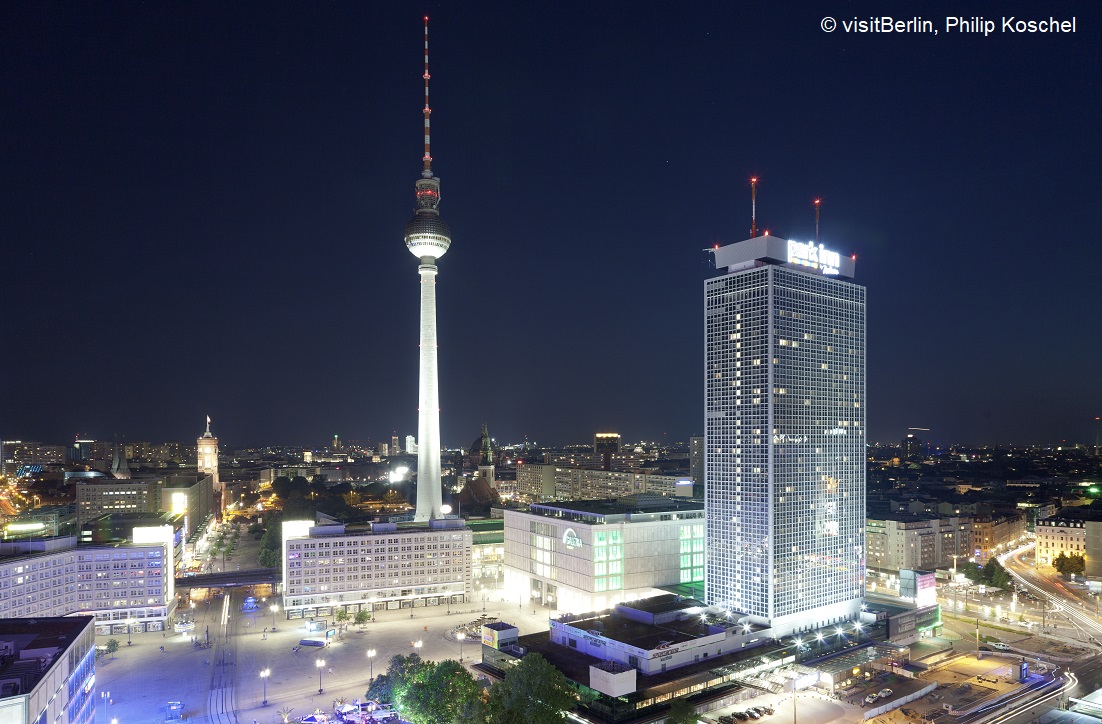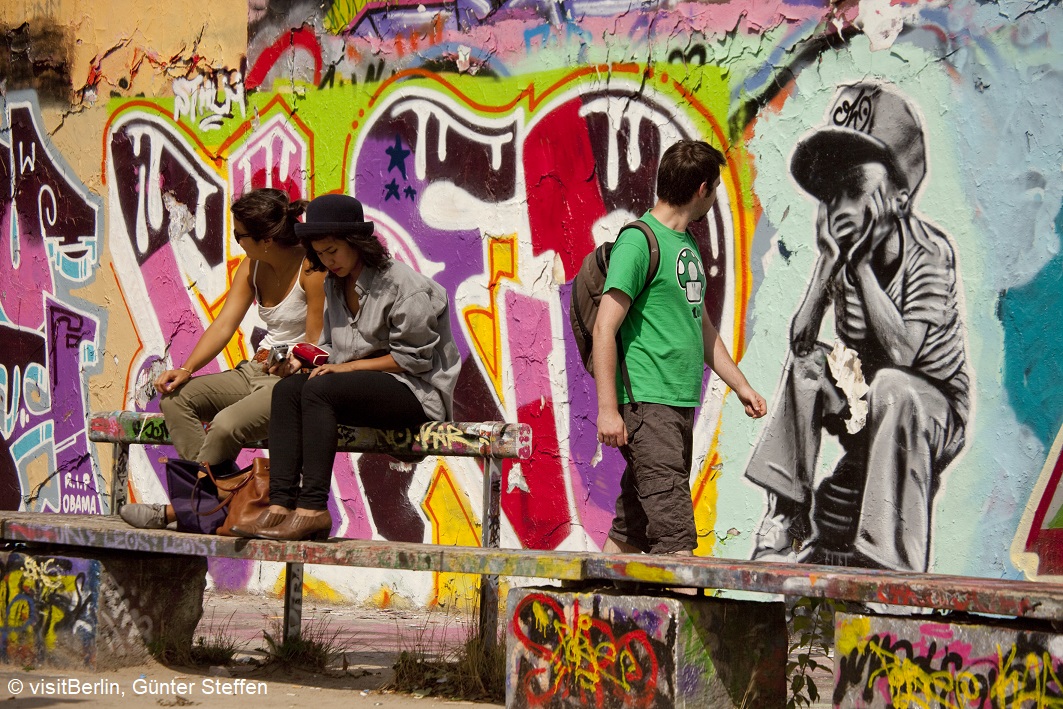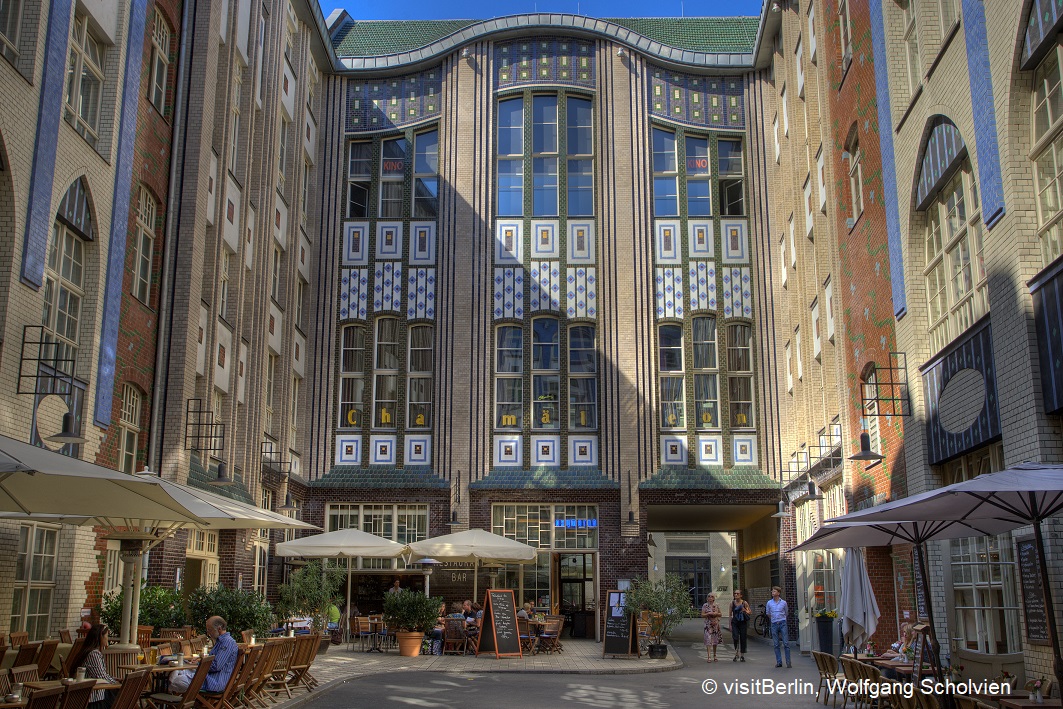| Members |
Welcome to Berlin
 Berlin, the capital city of Germany, is renowned for its exceptional range of landmarks, vibrant cultural scene and way of life that's somehow all go yet relaxed.
Berlin, the capital city of Germany, is renowned for its exceptional range of landmarks, vibrant cultural scene and way of life that's somehow all go yet relaxed.In fact, the city is best known for its striking contrasts. Historical buildings stand alongside modern architecture as the past and present intermingle. The sights Berlin has to offer, from the Brandenburg Gate to the Chancellor's Office, bear witness to the history of an entire nation. Germany's capital is home to all the main government buildings, including the historical Reichstag building as the seat of the German parliament.
 Berlin is the city of art, artists and museums. In fact, precious artefacts from all over the world are showcased at more than 170 museums here, some of which can be found on the internationally renowned Museum Island. Berlin is a popular destination for classical music fans from every corner of the globe thanks to its leading orchestras, such as the globally popular Berlin Philharmonic, and the city's three huge opera houses, where spectacular operas and ballets are performed. And there is no end of theatre venues specialising in variety performances, revue, cabaret and more to ensure that there is something to keep everyone entertained.
Berlin is the city of art, artists and museums. In fact, precious artefacts from all over the world are showcased at more than 170 museums here, some of which can be found on the internationally renowned Museum Island. Berlin is a popular destination for classical music fans from every corner of the globe thanks to its leading orchestras, such as the globally popular Berlin Philharmonic, and the city's three huge opera houses, where spectacular operas and ballets are performed. And there is no end of theatre venues specialising in variety performances, revue, cabaret and more to ensure that there is something to keep everyone entertained.Shopaholics are in their element on the renowned Kurfürstendamm, on the elegant Friedrichstraße and in the independent boutiques around the Hackesche Höfe.

Berlin is a trendsetting city when it comes to music, art and life itself. More and more artists are flocking to Berlin from all around the world to draw inspiration from the endless creative vibes, making it one of the most exciting destinations in the whole of Europe. The vibrant city is abuzz with change - Berlin simply cannot stay still for a moment.
And yet the city somehow remains chilled, with plenty of open spaces where people can go to breathe in some fresh air. With sprawling parks, wooded areas and lakes, Berlin is Germany's greenest city. During the summer months, everyone moves outside. The sunshine and balmy evenings are best enjoyed in the beach bars, cafés and open-air cinemas and theatres, after all.
© Berlin Tourismus & Kongress GmbH